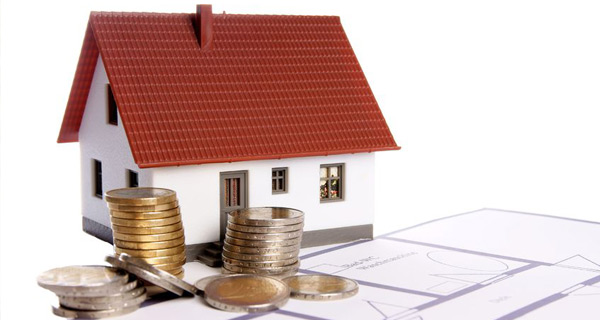September 15, 2023
The FHA Energy Efficient Mortgage (EEM) loan program was started back in 1992 as a pilot program in five states. A few years later, the program was expanded nationwide.
According to the FHA official site:
“EEM is one of many FHA programs that insure mortgage loans–and thus encourage lenders to make mortgage credit available to borrowers who would not otherwise qualify for conventional loans on affordable terms (such as first-time homebuyers) and to residents of disadvantaged neighborhoods (where mortgages may be hard to get).”
Borrowers who use FHA loans can add the required FHA upfront mortgage insurance premium to their home loan or pay in cash at closing. There is a monthly premium paid as part of the monthly mortgage payment.
The FHA EEM is an add-on to a standard FHA purchase or refinance loan. The lender may process your loan initially without the EEM and add it later. How much can a borrower qualify for?
The FHA official site says, “The cost of the energy-efficient improvements that may be eligible for financing into the mortgage is the lesser of A or B as follows:
A. The dollar amount of cost-effective energy improvements, plus cost of report and inspections, or
B. The lesser of 5% of:
The value of the property, or
115% of the median area price of a single-family dwelling, or
150% of the conforming Freddie Mac limit.”
According to the FHA, reduced utility expenses can permit a homeowner “to pay a higher mortgage to cover the cost of the energy improvements on top of the approved mortgage.
FHA EEMs provide mortgage insurance for a person to purchase or refinance a principal residence and incorporate the cost of energy efficient improvements into the mortgage.”
FHA loan rules for EEMs state that borrowers are not required to qualify for the additional loan amount, and the extra funds offered by the FHA EEM do not require additional down payment money.
The FHA requires any energy efficient improvements added under this program to be cost effective, “…meaning that the total cost of the improvements is less than the total present value of the energy saved over the useful life of the energy improvement” according to the official site.
The borrower will need to hire an energy consultant to rate the improvements using a Home Energy Rating System. The expenses of this process may be included in the loan amount.
According to FHA loan rules, “…energy improvements are installed after the loan closes. The lender will place the money in an escrow account.
The money will be released to the borrower after an inspection verifies that the improvements are installed and the energy savings will be achieved.” Speak to your loan officer for more information about how the EEM is to be carried out in your home loan or refinance loan transaction.


